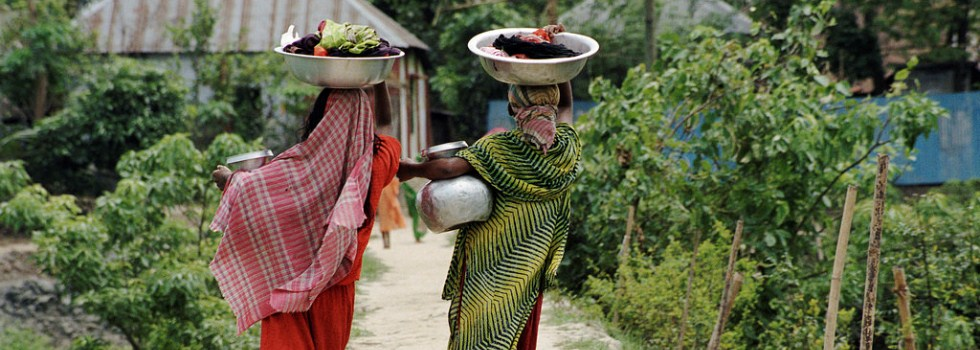
The Bangladesh Urban Earthquake Resiliency Project has developed Guidebooks on City Earthquake Risk Atlas, Legal and Institutional Framework, Dhaka Risk-sensitive Land Use Planning, and An Information, Education, Communication and Capacity Building Roadmap as part of earthquake preparedness for the capital. The final dissemination workshop was held last month at the World Bank office, Dhaka that also discussed way forward.
Bangladesh being located on the seismically active Indian plate is exposed to significant seismic risk. Earthquake Disaster Risk Index of Stanford University ranks Dhaka among the 20 cities most vulnerable to earthquake in the world. With a population of approximately 15 million, Dhaka has one of the fastest growing urban populations in the world, combined with complex municipal governance arrangements.
The general consensus is that Dhaka’s rapid urbanization creates greater vulnerability to seismic events as urban planning and service delivery are not keeping pace with growth. Urban planning, governance and public service provision are the responsibility of many different actors in Dhaka, with up to 50 agencies having some jurisdiction over functions of city planning and development.
“The Bangladesh Urban Earthquake Resiliency Project aims to build consensus among decision makers and technical experts to address vulnerabilities from earthquakes,” said Christine Kimes, Acting Head, the World Bank Bangladesh “This is the first time the World Bank have directly supported earthquake preparedness in Bangladesh. The project engaged stakeholders to increase collective understanding of risk, support planning for prevention, and gradually shift toward a more proactive approach to resilient development.”
The Global Facility for Disaster Reduction and Recovery (GFDRR) and the World Bank have provided grant support to the Government of Bangladesh for the Bangladesh Urban Earthquake Resiliency Project which is the first step in a multiphased program for risk mitigation of earthquake. The project is being piloted in Dhaka. The guidebooks and the roadmaps produced by the project are the first step to assess and address some of the seismic risks.
The project aims to establish the required institutional structure, knowledge base and data for multi-stakeholder engagement. This included putting in place a rigorous organizational structure by which key ministries and related local authorities agreed on a formal structure for engagement and commitment to the program.
The project aims to develop a consensus around improved enforcement of regulation for seismic risk reduction and to create a platform for data and information sharing. The project also aims to generate widespread understanding of the seismic hazard and the ways in which risks can be reduced amongst the key stakeholders.
